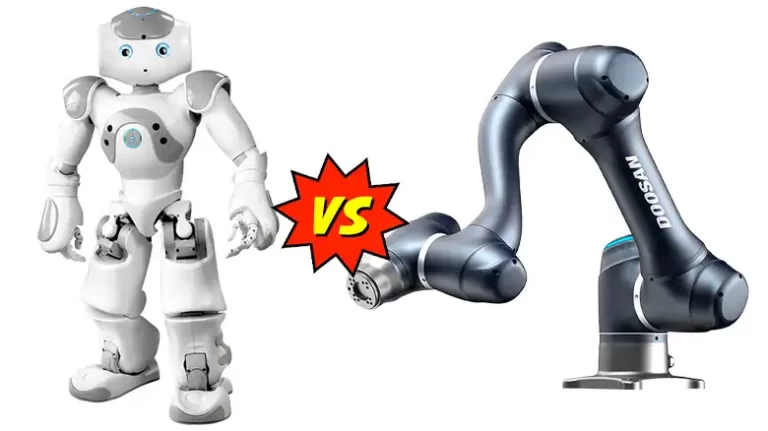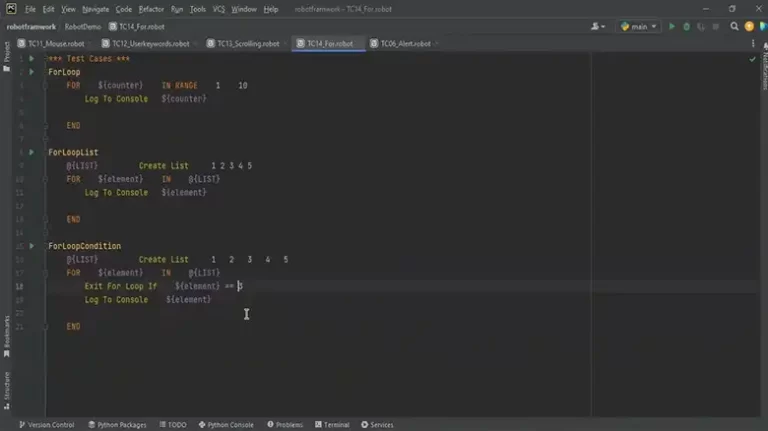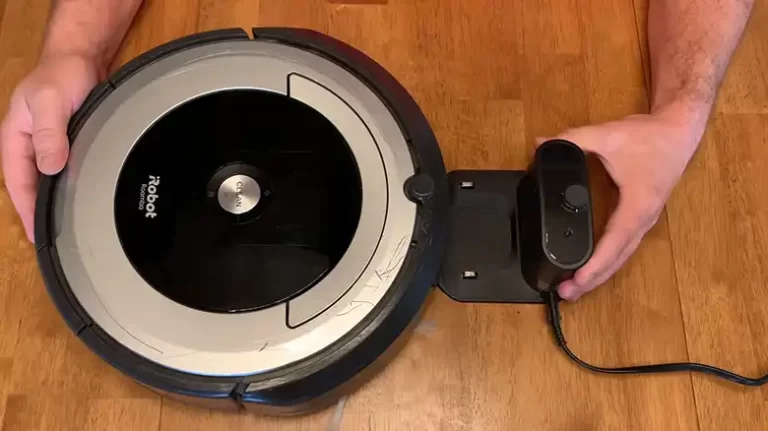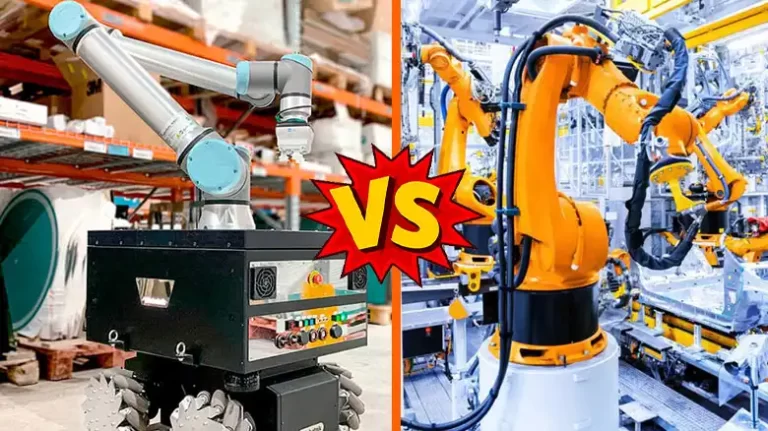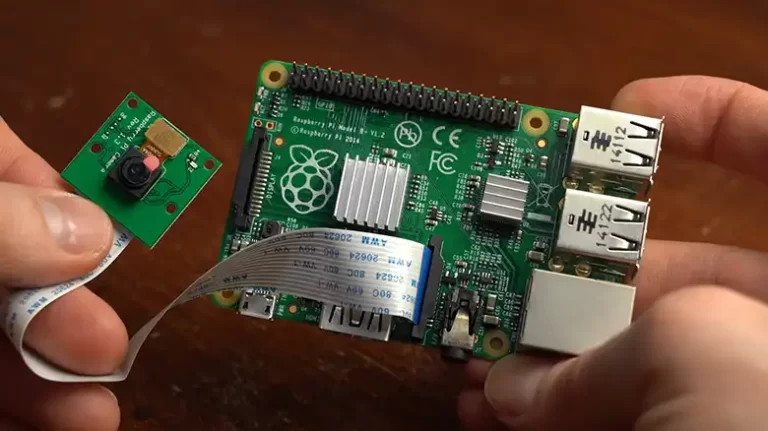Which Microcontroller is Best When Building a Drone?
The world of unmanned aerial vehicles (UAVs), commonly known as drones, has seen exponential growth in recent years. These versatile machines find applications in various fields, from aerial photography and agriculture to search and rescue missions. If you’re planning to build your own drone, you’ll quickly realize that selecting the right microcontroller is a pivotal decision.
In this guide, we will explore the significance of choosing the appropriate microcontroller for your drone project, offer pro tips, and answer frequently asked questions to help you make an informed decision.
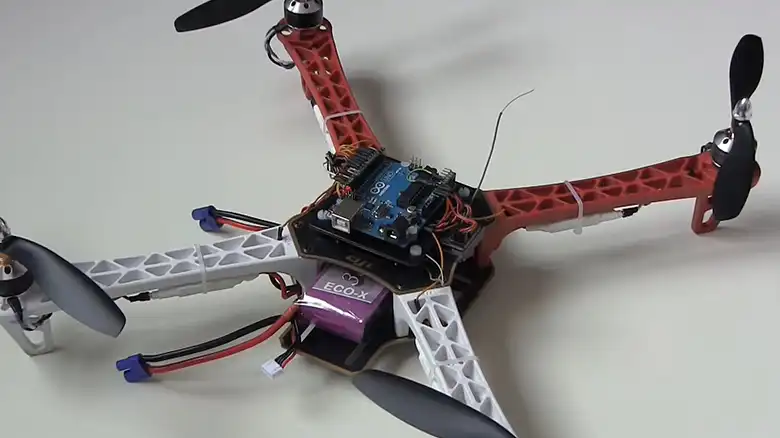
The Role of Microcontrollers in Drones
Before diving into the specifics of microcontroller selection, it’s essential to understand the pivotal role these components play in drones. A microcontroller serves as the brain of the drone, responsible for processing data from various sensors and providing precise control over the vehicle’s motors and other peripherals. In essence, the microcontroller determines how your drone behaves in flight, making it a critical component of the build.
Best Microcontrollers for Drones
The choice of a microcontroller for building a drone depends on various factors, including the specific requirements of your drone project, your familiarity with different microcontrollers, and your budget. Some popular microcontroller options for drone development include:
Arduino: Arduino boards are commonly used for drone projects, particularly for beginners and educational purposes. Arduino is known for its user-friendly IDE and a large community of users, which can be helpful for troubleshooting and finding resources.
Raspberry Pi: While Raspberry Pi is technically a single-board computer (SBC) rather than a microcontroller, it can be used for drone applications. It offers more processing power and flexibility but might be overkill for simple drones.
STM32: STM32 microcontrollers are widely used in the drone industry due to their high performance, low power consumption, and built-in peripherals. They are commonly found in flight controllers and autopilot systems.
Pixhawk: The Pixhawk series is a popular choice for drone autopilots. These systems use STM32 microcontrollers and are designed specifically for UAV applications.
NXP HoverGames Drone Kit: NXP offers a drone development kit that includes an NXP microcontroller and all the necessary hardware to build a drone, making it an excellent choice for those who want a complete package.
Parrot S.L.A.M.dunk: If you’re interested in a more specialized drone with advanced features like simultaneous localization and mapping (SLAM), you might consider the Parrot S.L.A.M.dunk, which includes an embedded Linux computer and a variety of sensors.
DJI Flight Controllers: While DJI uses proprietary hardware and software in their consumer and professional drones, they offer a Software Development Kit (SDK) for creating custom applications and interactions with their drones.
Importance of Choosing the Right Microcontroller
Selecting the right microcontroller for your drone project is crucial for several reasons:
1. Performance and Stability
The microcontroller’s processing power and reliability are paramount. A robust microcontroller ensures stable flight, precise control, and the ability to handle complex flight algorithms. Without it, your drone may struggle to maintain stable flight, leading to erratic behavior and potentially dangerous situations.
2. Sensor Compatibility
Drones rely on various sensors such as accelerometers, gyroscopes, GPS modules, and altimeters to gather data and make decisions during flight. Compatibility between the microcontroller and these sensors is essential. Incompatible components can lead to communication issues and inaccurate data, impacting your drone’s performance and safety.
3. Weight and Size Constraints
Drones often have strict weight and size limitations. Choosing a microcontroller that fits within these constraints is vital for a successful build. Smaller, lightweight microcontrollers are typically preferred for compact drone designs, while larger drones may accommodate more powerful microcontrollers.
4. Power Efficiency
Drones are battery-powered, and power efficiency is a significant concern. The microcontroller should be optimized for low power consumption to maximize flight time. A power-hungry microcontroller could drastically reduce your drone’s endurance in the air.
5. Ease of Programming
User-friendly development environments and a supportive community are valuable assets, particularly for beginners. The choice of microcontroller may impact the ease of programming, as well as the availability of resources, libraries, and tutorials.
6. Budget Considerations
The cost of the microcontroller is a factor to consider, especially if you have a budget constraint. While high-end microcontrollers offer cutting-edge features, there are cost-effective options that can meet the requirements of many drone projects without breaking the bank.
Pro Tips for Choosing the Right Microcontroller
Here are some pro tips to consider when selecting a microcontroller for your drone:
1. Define Your Drone’s Purpose
Before choosing a microcontroller, have a clear understanding of your drone’s intended use. Different drones have different requirements. For example, a photography drone may need precise stabilization, while an autonomous delivery drone requires robust GPS and sensor integration.
2. Research Sensor Compatibility
Ensure that the microcontroller you choose is compatible with the sensors you plan to use. The microcontroller should have the necessary input/output ports, communication protocols, and processing capabilities to handle your sensor suite.
3. Consider the Open-Source Community
If you’re a beginner or looking for community support, consider microcontrollers that have active open-source communities. Platforms like Arduino and Raspberry Pi have extensive online resources, making it easier to find help and share your experiences.
4. Evaluate Processing Power
Determine the processing power you need for your drone. Smaller drones may work well with less powerful microcontrollers, while larger, more complex drones may require microcontrollers with more processing capabilities.
5. Power Efficiency and Flight Time
Factor in power efficiency. A power-efficient microcontroller can extend your drone’s flight time. If you’re planning long-duration flights, choose a microcontroller that can minimize power consumption.
6. Future-Proofing
Consider how future-proof your microcontroller choice is. As drone technology evolves, you’ll want a microcontroller that can adapt to new features and requirements.
Other Popular Queries
Q1. Can I use any microcontroller for my drone?
A1. While you can theoretically use any microcontroller, it’s essential to select one that meets the specific requirements of your drone project. Consider factors like processing power, sensor compatibility, and power efficiency.
Q2. What is the difference between microcontrollers and flight controllers in drones?
A2. Microcontrollers are the general-purpose processing units in drones, while flight controllers are specialized microcontrollers designed for drone flight control. Flight controllers typically incorporate sensors and specialized software for stable and safe drone operation.
Q3. Should I go for open-source or proprietary microcontrollers?
A3. The choice between open-source and proprietary microcontrollers depends on your project goals. Open-source microcontrollers like Arduino offer a vast community and resource base. Proprietary microcontrollers may provide more advanced features but can be less accessible.
Q4. How do I ensure my microcontroller is compatible with my sensors?
A4. Consult the datasheets and documentation for both your microcontroller and sensors to ensure compatibility. Check for common communication protocols (e.g., I2C, SPI) and available libraries or drivers.
Q5. What are the best microcontrollers for beginners?
A5. Arduino boards are an excellent choice for beginners due to their user-friendly IDE and extensive online community. Raspberry Pi is also beginner-friendly but is technically a single-board computer.
Q6. How can I extend my drone’s flight time?
A6. To extend flight time, choose a power-efficient microcontroller, optimize your drone’s design for aerodynamics, and select lightweight components. Using efficient propellers and a larger battery can also help.
Sum Up
Choosing the right microcontroller is a critical decision when building a drone. It influences the drone’s performance, stability, power efficiency, and compatibility with sensors. By defining your drone’s purpose, researching sensor compatibility, considering the open-source community, evaluating processing power, and future-proofing your choice, you can make an informed decision that aligns with your project goals. Remember that the right microcontroller can be the key to a successful and rewarding drone-building experience, whether you’re a beginner or an experienced UAV enthusiast.
